.
Three Generations of Earthwatch Volunteers, Three Generations of Memories
By Chip Martin, Earthwatch Volunteer
.
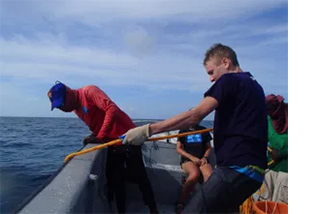
I am a third-generation Earthwatch volunteer. My grandmother found and planned the first trip in 1982, not knowing that many more would follow over the next three decades, spanning three generations of her family. Thirty-five years after the first trip, I was finally able to go on one of my own this year. After my expedition, I was still the same person, but I was somehow different. My time spent on that expedition helped me to decide what I wanted to do later in my life. It helped me decide to study environmental engineering.
The second Earthwatch trip was to a ranch outside Broken Hill, in New South Wales, Australia in 1990. My grandparents, my mother, and her two brothers went on the trip. My grandpa, Walter Gilges, describes why they went: “It was just something useful to do with the family. We could make a difference, learn about a new place and meet wonderful people,” he recalls.
.
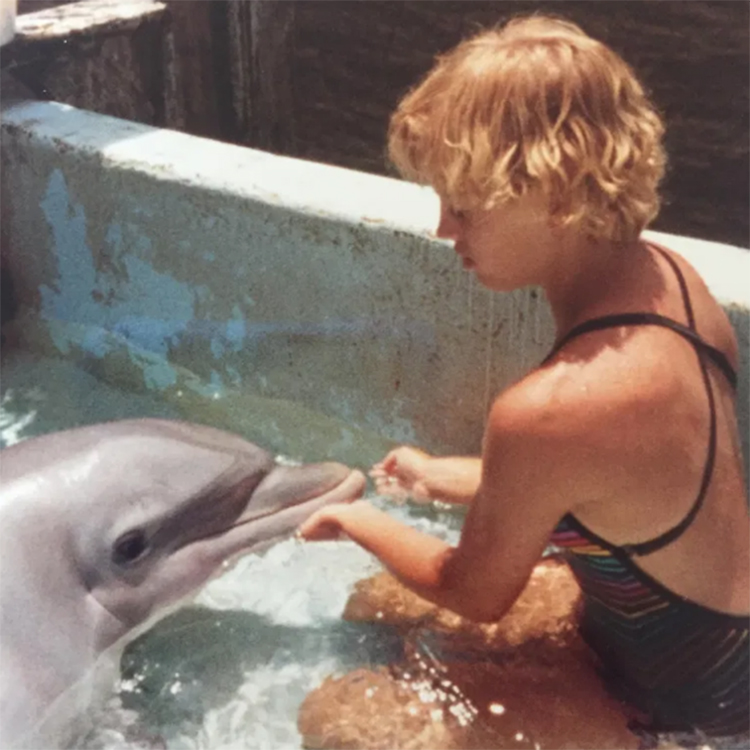
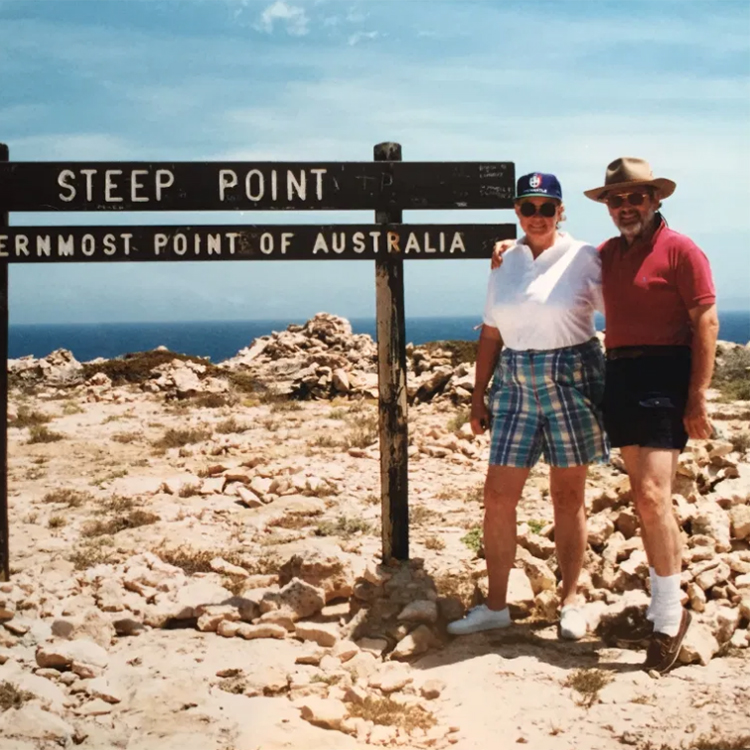

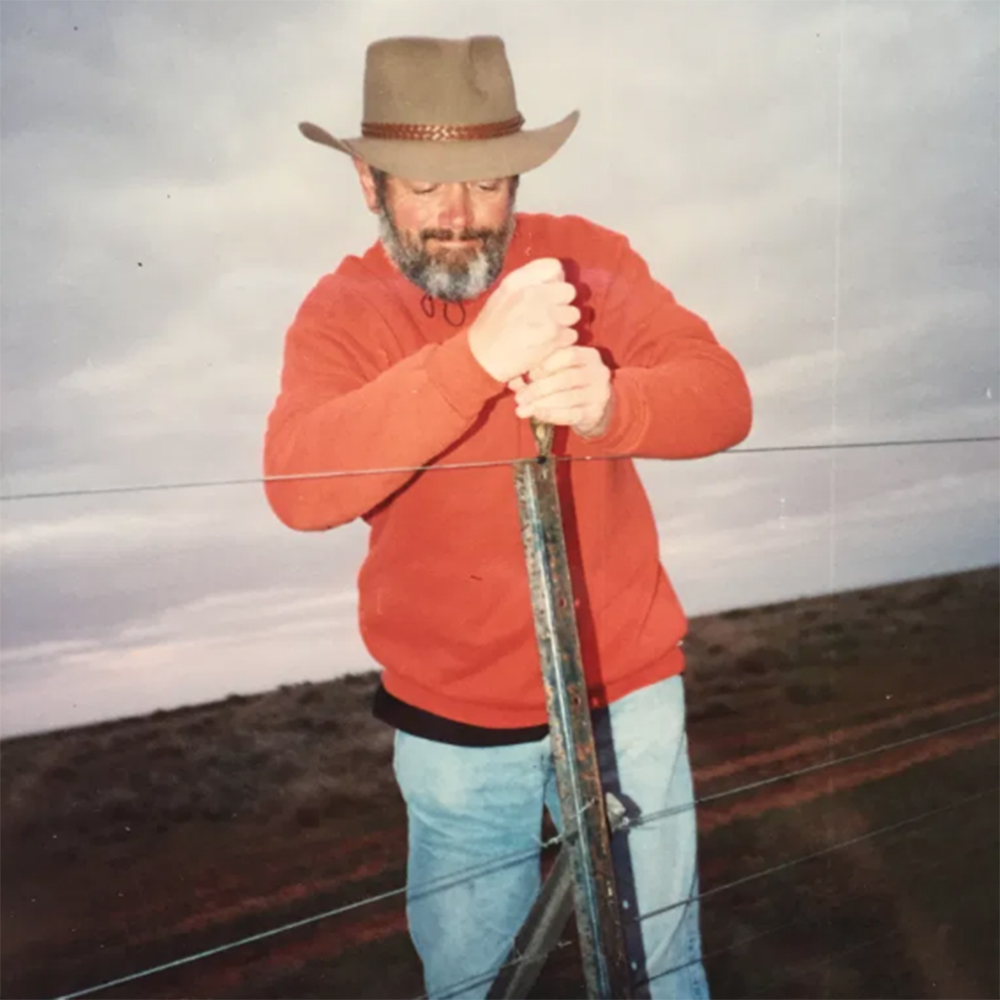
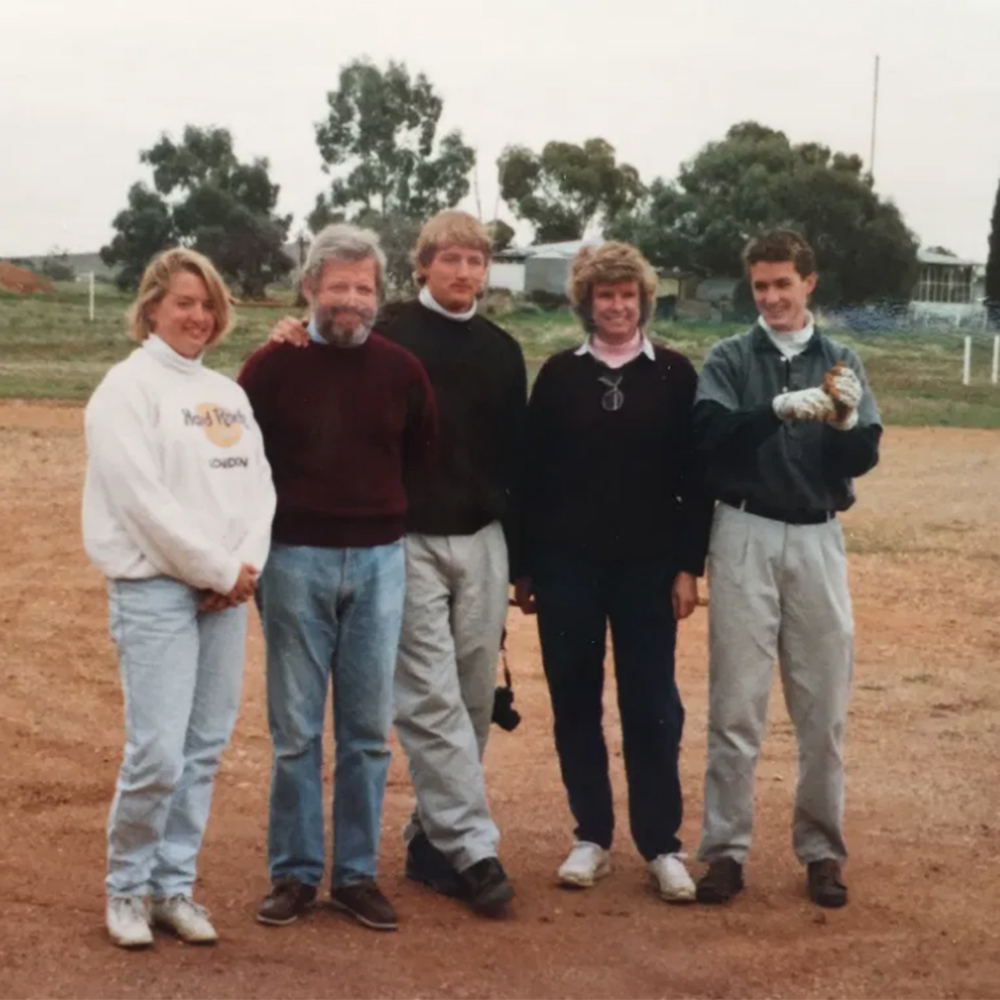
.
The objective of the trip was to study the effect of rainfall in arid zones on the competition between sheep and kangaroo populations. The volunteers would assist the scientists in many tasks, including collecting vegetation samples, catching kangaroos to be weighed, measured, and tagged, and tracking kangaroo movement through triangulation of radio signals on collared individuals. My grandpa has always been a hands-on type of person, and, as he told me, his favorite part of the expedition was helping to mend fences in the outback. “What I do remember is the Australian Customs Officer who asked ‘Why did you come here to study those pests?’”
 In 1997, my grandparents went back to Australia for their third expedition. This time they ventured to Useless Loop in Western Australia. The objective of this expedition was to learn how to keep feral cats and foxes out of a prong (peninsula) near Shark Bay, Australia in order to protect endangered marsupials, specifically bandicoots and bettongs. “We would go out at night, with only flashlights, driving in the pitch dark along the fence trying to spot the foxes and cats that were approaching the fence,” my Grandpa says.
In 1997, my grandparents went back to Australia for their third expedition. This time they ventured to Useless Loop in Western Australia. The objective of this expedition was to learn how to keep feral cats and foxes out of a prong (peninsula) near Shark Bay, Australia in order to protect endangered marsupials, specifically bandicoots and bettongs. “We would go out at night, with only flashlights, driving in the pitch dark along the fence trying to spot the foxes and cats that were approaching the fence,” my Grandpa says.
My Grandpa’s last Earthwatch trip was to Idaho in 2008 to study the impact of sheep on sagebrush (an invasive plant species). As he remembers, he chose this particular trip because he enjoyed building fences in Australia so much that he wanted to do something like it again.
Finally, I went on my own Earthwatch expedition this past summer, 2017, to South Water Caye, Belize—a small island 14 miles off the coast of Belize. The objective of the project, Shark Conservation in Belize, was to study how shark and ray populations are affected by a No-Fishing zone. Every morning we would get up at 8:00 a.m. to get to breakfast on time. Then, by 9:00 a.m., we would be at the dock cutting up bait for the long-lines or BRUVS (Baited Remote Underwater Camera).
.
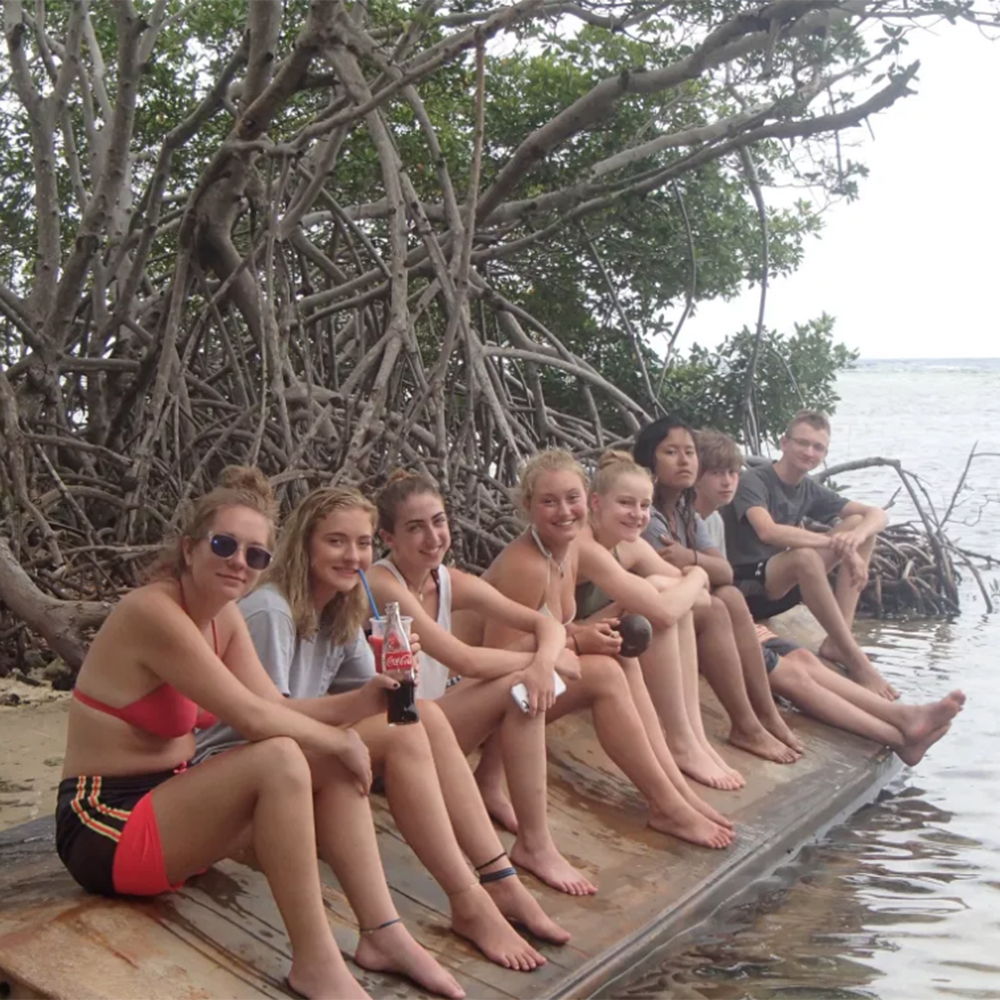
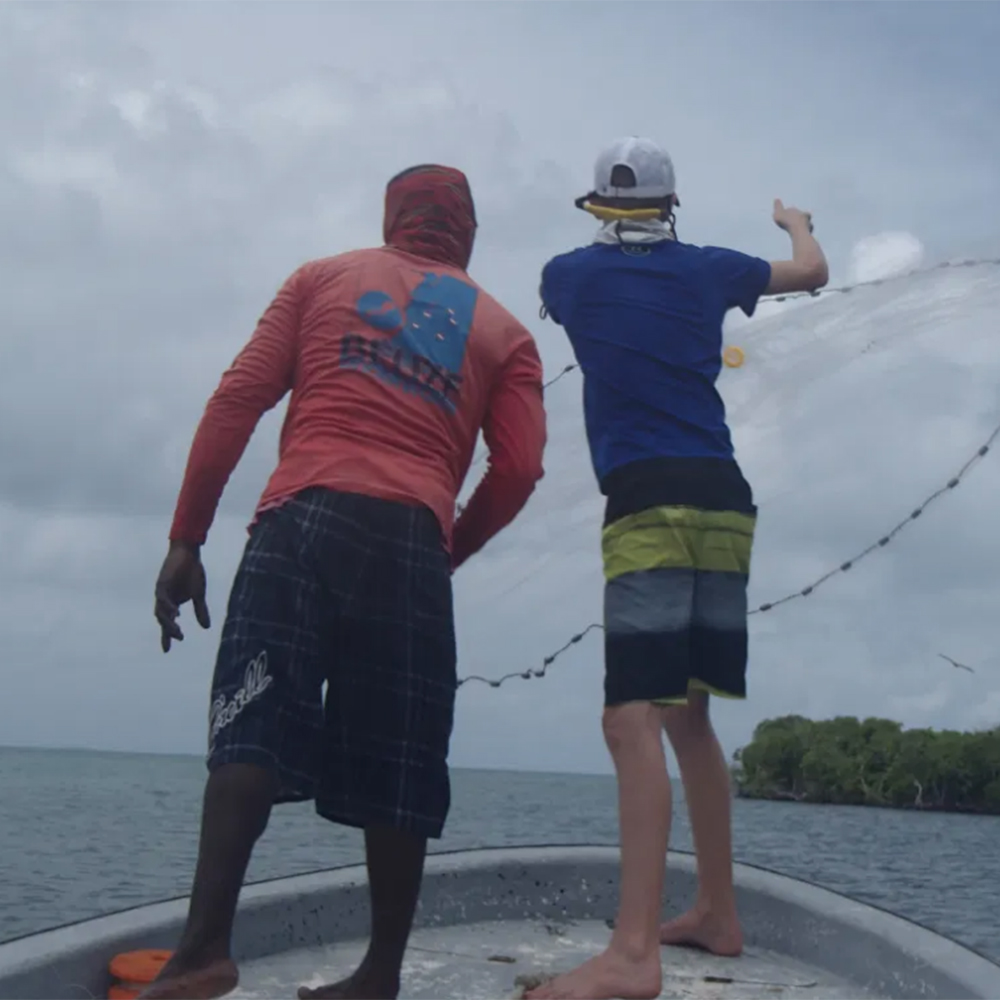
.
The BRUVS were dropped outside the barrier reef to a depth of 80 feet to record how many sharks were in the area, and the long-lines were placed inside the barrier reef to catch nurse sharks and stingrays. We went on a snorkel trip almost every day to various locations along the barrier reef, some of which were places that only the locals knew about, such as a sinkhole and a reef with corals of all colors.
The reason I chose to go on this particular trip was the ocean. I’ve always loved the ocean and I’m still fascinated by everything that lives in it. I went into this trip just wanting to have fun by the water while working with sharks. I later realized that I really chose the trip because I wanted to make a difference and help do something that would be beneficial to the Earth. I came out of this trip having learned more about shark conservation issues than I had ever thought possible.
.
My Earthwatch experience was a once in a lifetime trip that I’m very glad to have been a part of.
.
Sign up for the Earthwatch Newsletter
Be the first to know about new expeditions, stories from the field, and exciting Earthwatch news.